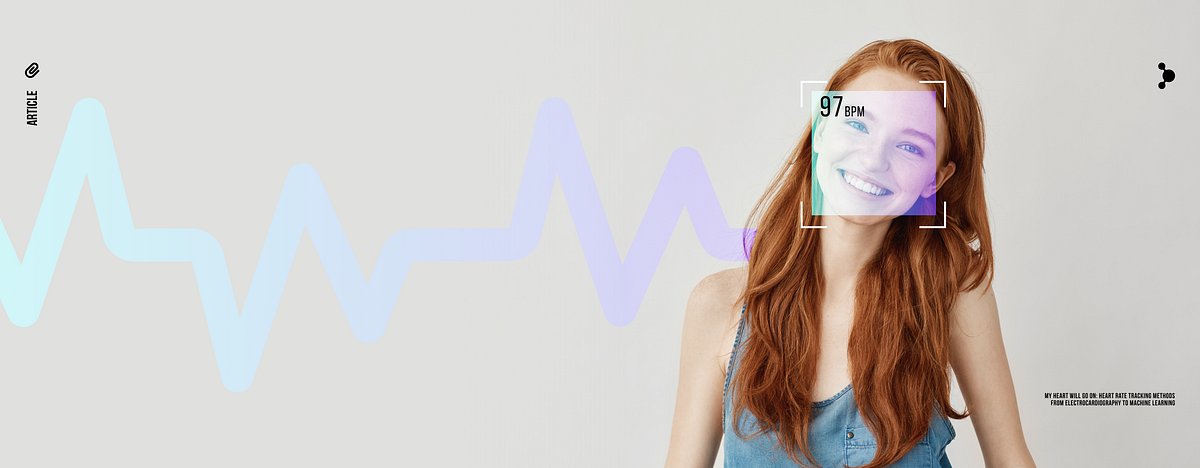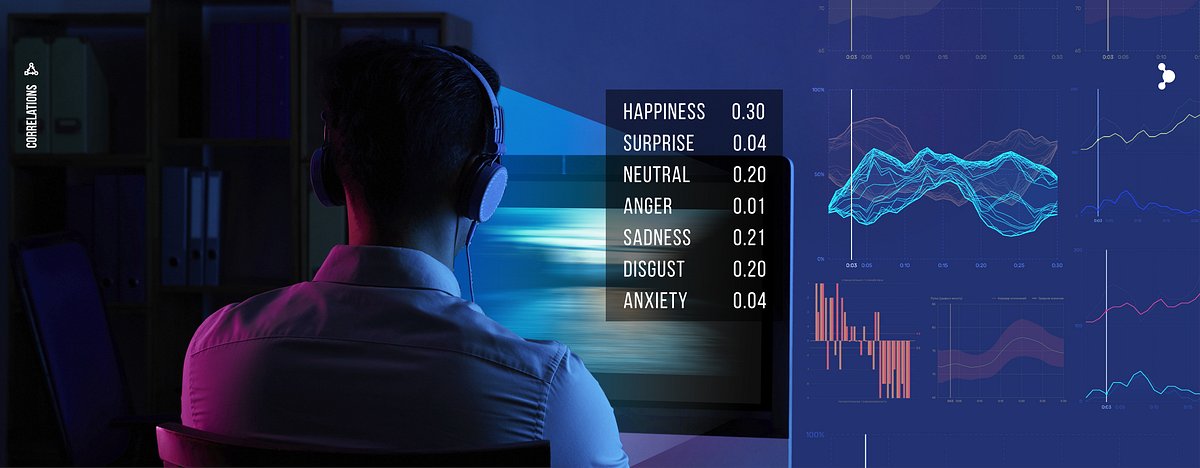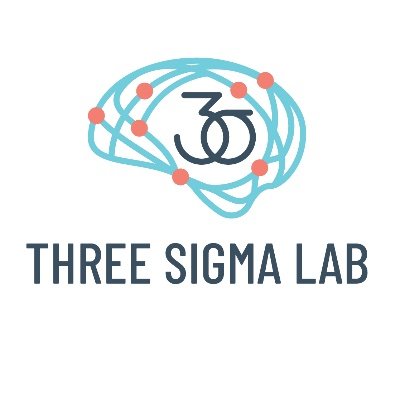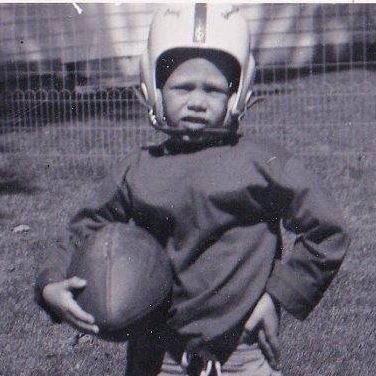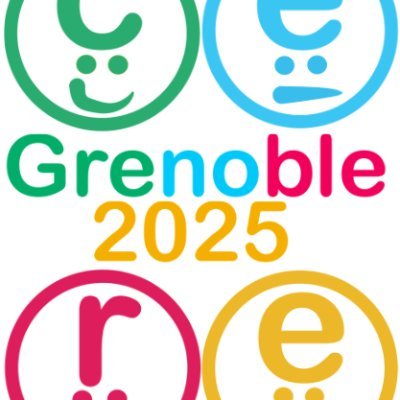
Neurodata Lab
@NeurodataLab
Hi-tech collective: computer vision, affective computing and more. Reach us at [email protected]
Neurodata has developed a set of 8 emotion recognition and human sensing technologies. Now you can use them to get insights into human behavior and reactions in ways that haven't existed before. All of these tools are now available for testing via API → api.neurodatalab.dev

We often emphasize the importance of multimodal approach in automated emotion recognition, but what is it exactly and why does it matter? Here's our blog post explaining how it makes technologies more precise - and closer to us. medium.com/@neurodatalab/…
We at Neurodata Lab have just recieved our RePSS Challenge award certificate. We congratulate our team members Mikhail Artemyev, Marina Churikova, Mikhail Grinenko and Olga Perepelkina on their amazing result! #CVPR2020 #AI #signalprocessing #machinelearning

Emotions are linked to heart rate parameters, and multimodal emotion recognition tech uses heart rate data to make emotion recognition more precise. But how do we actually get that heart rate data? Answer is: we get it from video: medium.com/@neurodatalab/…
We easily attribute emotional labels to pictures showing emotional faces, but what does science say about using static images? Here's our article on why emotion dynamics is important and how it makes AI tools more accurate. medium.com/@neurodatalab/…
Spending more time with your pets during the pandemic? Then you may be interested in one of our old but fun blog posts. We reviewed several research papers on whether animals can recognize each other's emotions. medium.com/@neurodatalab/…
If #coronavirus ruined your #vacation plans, we've got some sceince-related reading to cheer you up. Here's our term-heavy, but enlightening Medium entry on how heart rate parameters and blushing are linked to #emotional changes. medium.com/@neurodatalab/…
Science says humans detect lies with a 50% success rate. Can AI do better? Our Lead Research Scientist Marina Churikova wrote an article explaining how our bodies react to lying & how AI can be trained to monitor these reactions trends.rbc.ru/trends/industr…
How do we find sources of credible scientific information? Look for theories that follow 3 principles: rationality, verification, and falsification. We should be able to test the hypothesis empirically and find evidence to either prove or disprove it.

What would be the driving force of the economy of the future? Why is emotion recognition getting more important? Are there tasks AI shouldn't be allowed to do? See what our Founder George Pliev thinks of it in our latest Q&A. medium.com/@neurodatalab/…
Discover how a time when self-isolation disrupts the existing labor and socialization practices and frustrates consumers will become the dawn of a new era. Era where emotions will define markets and trends. medium.com/@neurodatalab/…
More than ever, creating conditions for positive emotions and impressions are seen as both a challenge and a growth point for business. But what does it mean in practice? vc.ru/future/138476-…
Many people still believe they can see lies with the unaided eye. We set a mock crime experiment with 93 test subjects to find out if acts of lying manifest in human physiology and behavior. Read now → medium.com/@neurodatalab/…
As soon as we presented a new neural network that detects heart rate from video, we won RePSS-hosted challenge at CVPR and showed state-of-the-art results in extreme settings. If you missed the whole show, you might want to know @CVPR is the top conference in machine learning.
We propose a new remote photoplethysmography method which enables heart rate detection by video from a standard webcam. Our recognition technologies scored perfectly in all settings, including blinking illumination, speech and large-amplitude movements → sciencedirect.com/science/articl…

If you are new to terms like computer vision and emotion AI, please have a look at a stream of our scientific director's talk and try to appreciate what an amazing opportunity it will become in the near future → youtu.be/ZXc8B9kB3hU

youtube.com
YouTube
Emotion AI из лаборатории в масштабируемые продукты - Ольга Перепел...
We conducted an experiment to see which physiological data correlates with emotional reactions elicited by ads, and how Ad Recall values can be identified by neural networks. Sit back & learn from masters → medium.com/@neurodatalab/…
Olga Perepelkina discussed the nature of mind, how AI can obtain it, and whether brain is a requirement for consciousness → trends.rbc.ru/trends/industr…
It's expected that Emotion AI or affective computing may be the next big thing in AI. Wonder what state the emotional intelligence research process is in? → searchcio.techtarget.com/feature/Emotio…

In 2017, marketers already spent $5B on various AI solutions. What good does it do us to inject these AI, eyetracking, neuromarketing, and emotion recognition impetus into martech and adtech in the age of (post) COVID economy? → medium.com/@neurodatalab/…
All friends and followers are welcome, so don't hesitate to join a lecture given by our Scientific Director Olga Perepelkina at AI HEROES online series. Registration needed → ai-community.com/ai-heroes-neur…

United States 趋势
- 1. No Kings 1.12M posts
- 2. Ole Miss 11.3K posts
- 3. #UFCVancouver 10.3K posts
- 4. Georgia 63K posts
- 5. Carnell Tate 5,933 posts
- 6. Brian Kelly 7,873 posts
- 7. Vandy 13K posts
- 8. Shapen N/A
- 9. Lane Kiffin 5,732 posts
- 10. Clemson 5,061 posts
- 11. Constitutional Republic 21.2K posts
- 12. Schumann 1,338 posts
- 13. Vanderbilt 10.8K posts
- 14. Barlow 3,212 posts
- 15. UNLV 2,197 posts
- 16. Cash Jones N/A
- 17. Hammond 2,284 posts
- 18. Beamer 3,693 posts
- 19. Julian Sayin 1,867 posts
- 20. Lagway N/A
Something went wrong.
Something went wrong.








